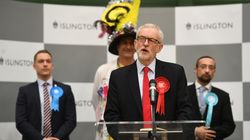Sign up now to get The Waugh Zone, our weekday evening politics briefing, by email.
It’s no secret that election night was pretty disastrous for the Labour Party – so disastrous, in fact, that Jeremy Corbyn announced he would step down as leader before the next election.
As the Conservative Party stormed to a “stonking majority” (Boris Johnson’s words, not ours), Labour lost a whopping 59 MPs – the party’s worst set of results in decades.
Among those who lost their seats was rising star Laura Pidcock, who was ousted from her North West Durham constituency by the Tories.
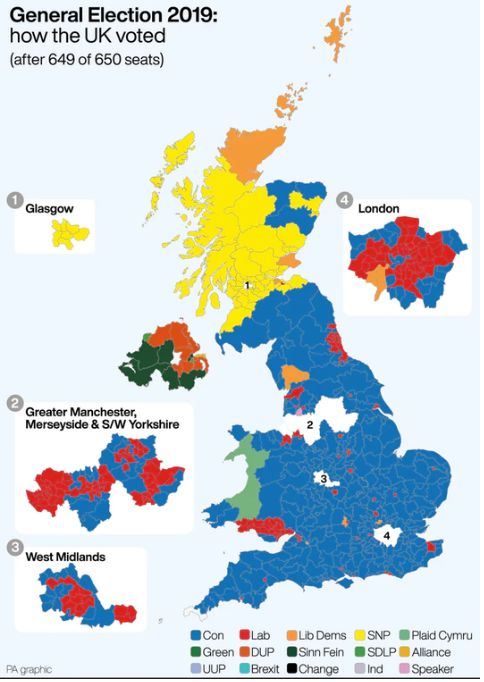
But perhaps the party’s most significant losses were in seats that have been red for 100 years, or more. In constituencies where there had never been a Conservative MP, constituents turned out to vote Tory.
Here are 10 historic Labour seats snatched away by the Conservatives in the general election.
1. Rother Valley – Labour since 1918
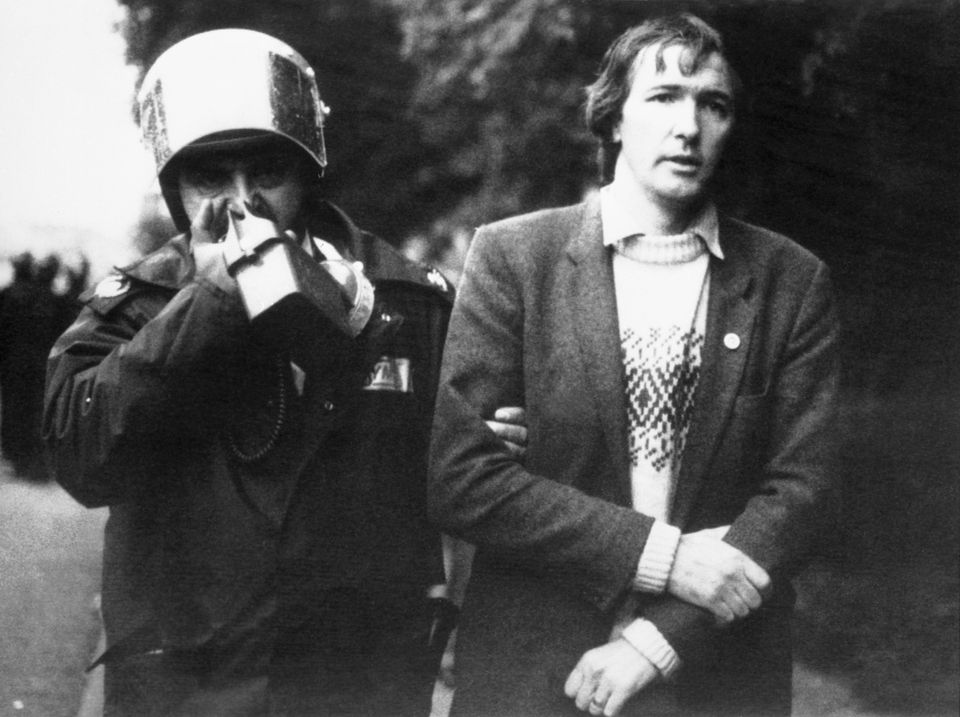
For the entirety of its 101-year-history, the South Yorkshire constituency of Rother Valley was Labour – until this morning.
Overturning more than a century of tradition, voters backed Conservative candidate Alexander Stafford at the polls, leaving Labour’s Sophie Wilson more than 6,000 votes behind.
2. Newcastle-under-Lyme – Labour since 1919
The results in Newcastle-under-Lyme were also for the history books, with the seat falling into Conservative hands for the first time since before 1885.
Having been represented by Labour’s Paul Farrelly – who did not stand in this election – since 1997, the constituency is now held by Aaron Bell.
It comes after a tight victory for Labour in 2017, when Farrelly beat off competition from the Tories by just 30 votes.
3. Leigh – Labour since 1922
When Labour’s Joanne Platt faced off against Tory candidate James Grundy in the 2017 general election, she beat him by almost 10,000 votes.
But when the pair went head-to-head again on Thursday, Leigh fell out of Labour’s control for the first time since 1922, with Grundy becoming the constituency’s first Tory MP in modern times.
4. Don Valley – Labour since 1922
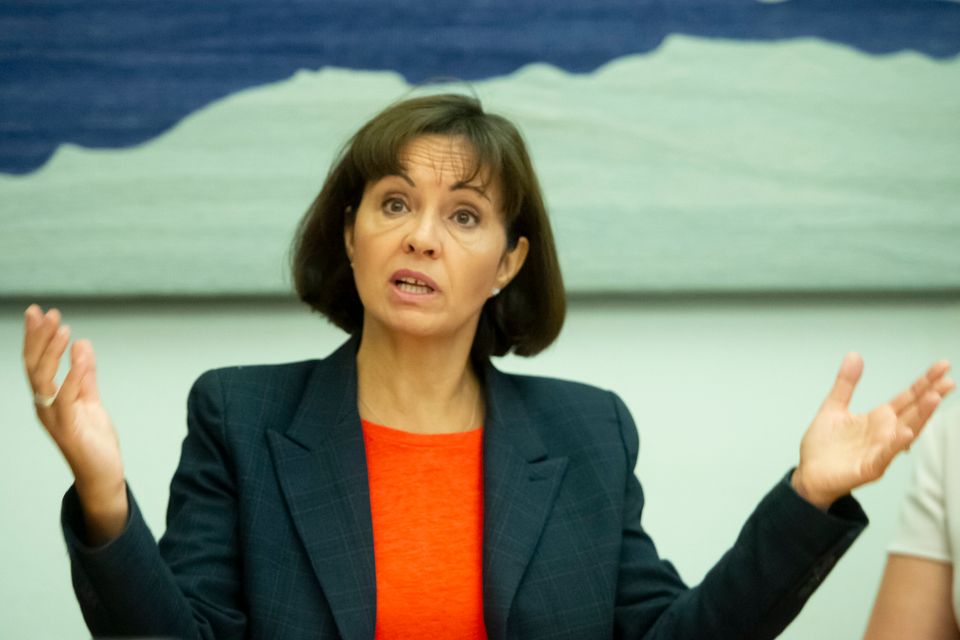
A history victory in Don Valley – another South Yorkshire seat – not only meant the Labour Party was ousted from the seat, but long-standing MP Caroline Flint too.
First elected in 1997, Flint reacted to her defeat by criticising Corbyn’s leadership of the party.
“It is self-evident in Doncaster and across the country, that many long-standing Labour supporters rejected our candidate for prime minister and the politics around him,” she said.
Having never been a Conservative seat before, Don Valley is now represented by Nick Fletcher, who received almost 4,000 votes more than Flint.
5. Wakefield – Labour since 1932
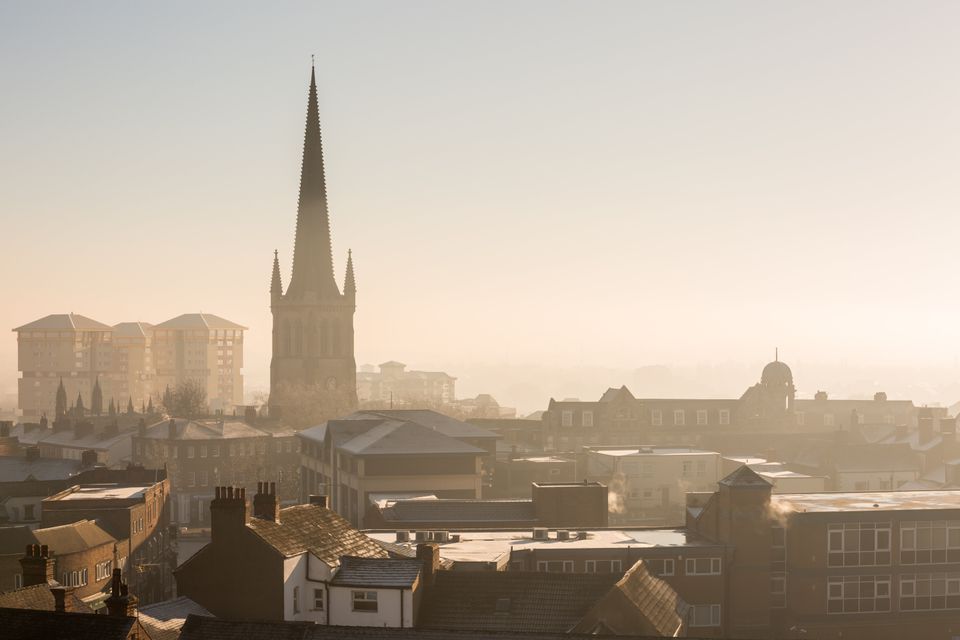
Wakefield may have been a Labour-held seat since 1932, but since at least 2010 the Conservatives have been nipping at the party’s heels in the constituency.
Last night, the Tories finally caught up, with Imran Ahmad-Khan unseating long-standing MP Mary Creagh.
6. Bishop Auckland – Labour since 1935
On Friday night Dehenna Davison became Bishop Auckland’s very first Tory MP, with the seat having previously been held by Labour since 1935.
Davison easily managed to overturn Helen Goodman’s tiny 2017 majority of just 502, taking 53.7% of the votes in this week’s election.
7. Sedgefield – Labour since 1935
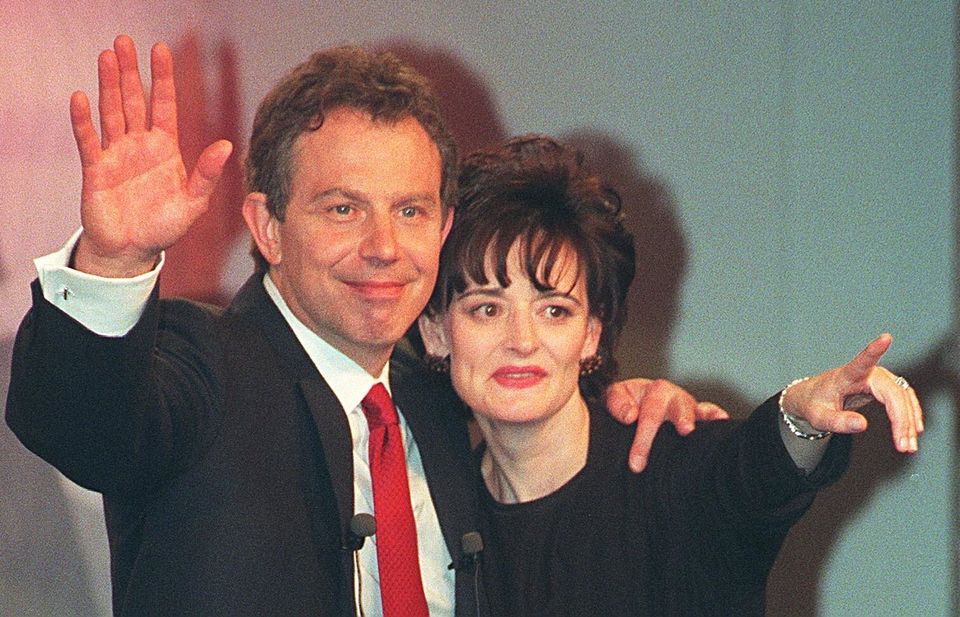
When Tony Blair led the Labour Party to a landslide victory in 1997, he did so from his County Durham constituency of Sedgefield.
But after 77 years of Labour rule (not including the seven years when the constituency was briefly abolished), last night Sedgefield became a Tory seat.
Labour’s Phil Wilson – who took over from Blair when he stepped down in 2007 – was pushed out by Tory candidate Paul Howell, who received almost half of all votes (47.2%) in the constituency.
8. Bassetlaw – Labour since 1935
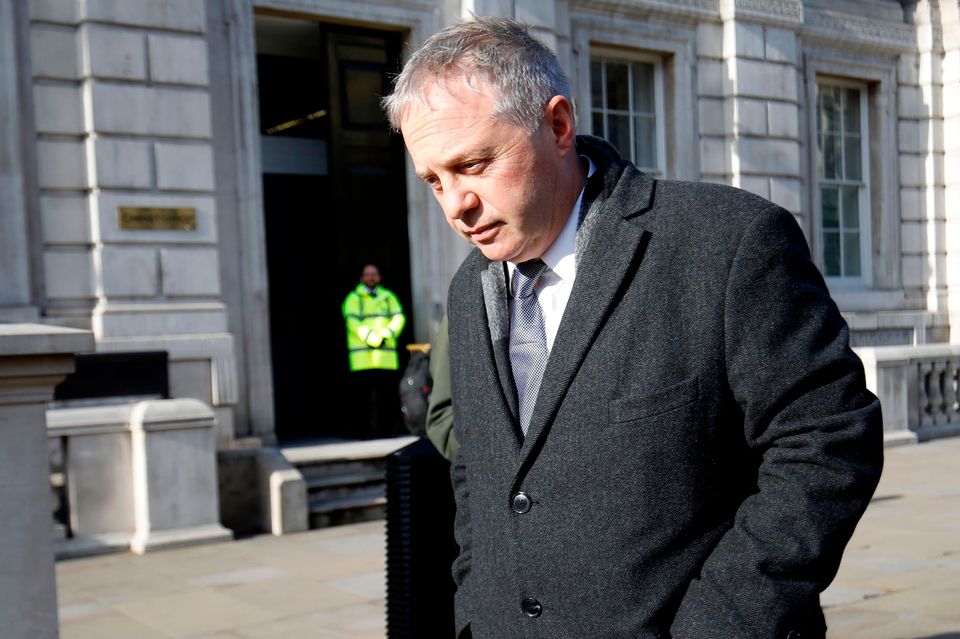
The Nottinghamshire constituency of Bassetlaw has been a Labour stronghold since 1935, with John Mann having represented the seat since 2001.
But last night, Brendan Clarke-Smith became the area’s first Tory MP in 90 years – and Mann had just one person to blame.
“In the last 18 months every single household – and I mean every household – said: ‘We’re not voting for Corbyn’, or ‘We don’t want Corbyn but we will stick with Labour’. One or the other,” Mann told the BBC.
9. Great Grimsby – Labour since 1945
This election saw the Conservatives take Great Grimsby from Labour for the first time since World War Two.
Falling more than 7,000 votes behind Tory candidate Lia Nici, Melanie Onn – who was first elected MP in 2015 – failed to win the support of her constituents for another term in parliament.
10. Bolsover – Labour since 1970
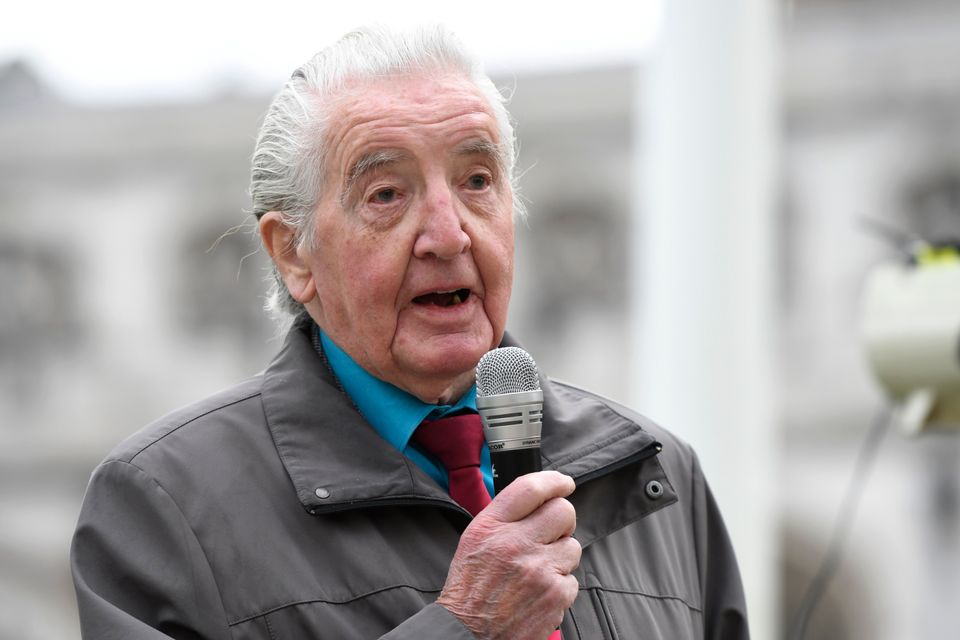
Perhaps one of the most shocking moments of the night was the news that Dennis Skinner – who has been the MP for Bolsover for 49 years – had been unseated by the Tory Party.
The 87-year-old former miner – nicknamed the “beast of Bolsover” finished more than 5,000 votes behind his Conservative challenger Nick Fletcher.
Since it was created in 1970, the seat of Bolsover has been represented by just two MPs – Skinner and his predecessor, Labour MP Harold Wilson.
Skinner was set to become ‘Father of the House’ – the name for the longest-serving male MP – after Conservative MP Ken Clarke decided against standing in this election.

